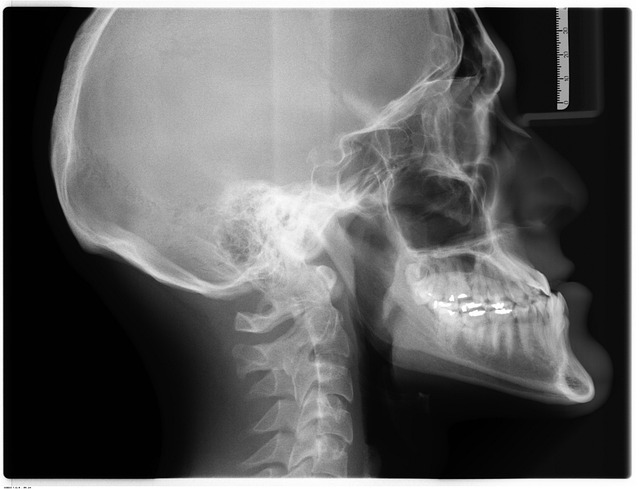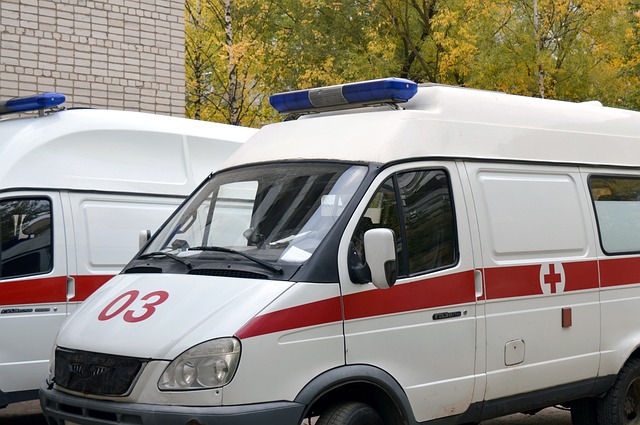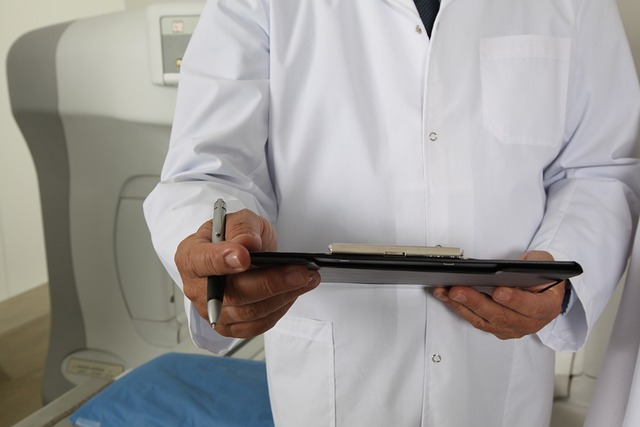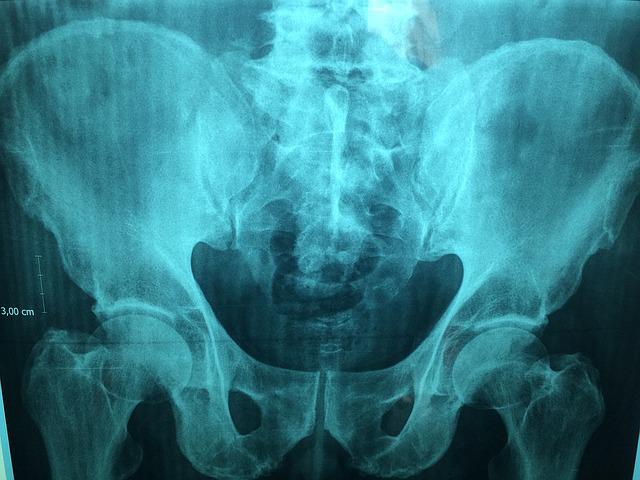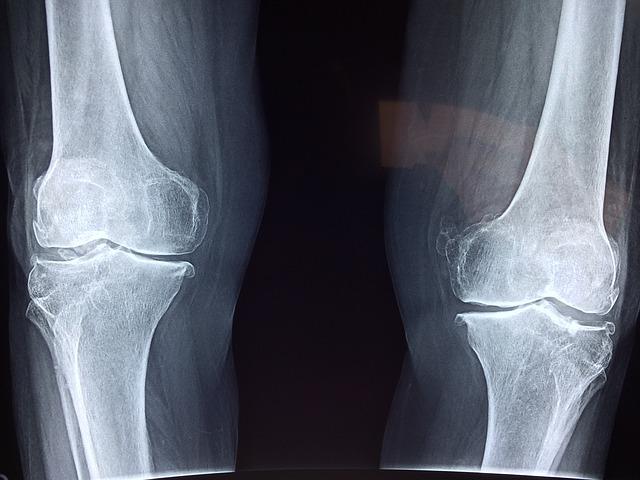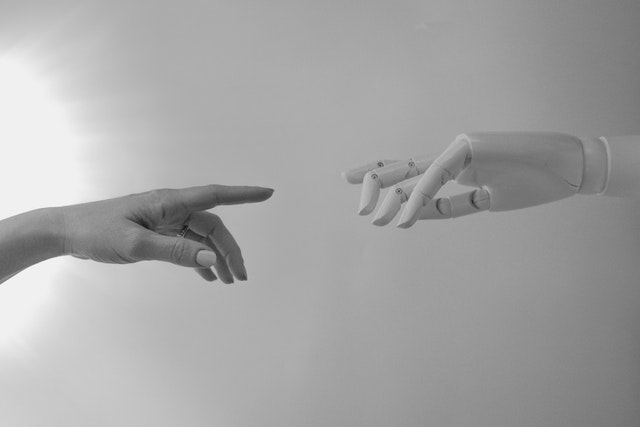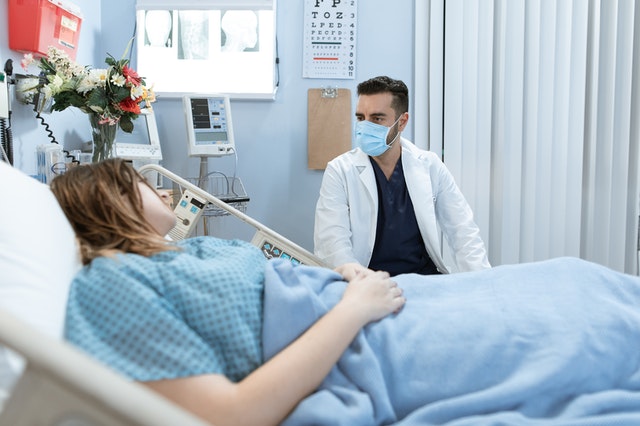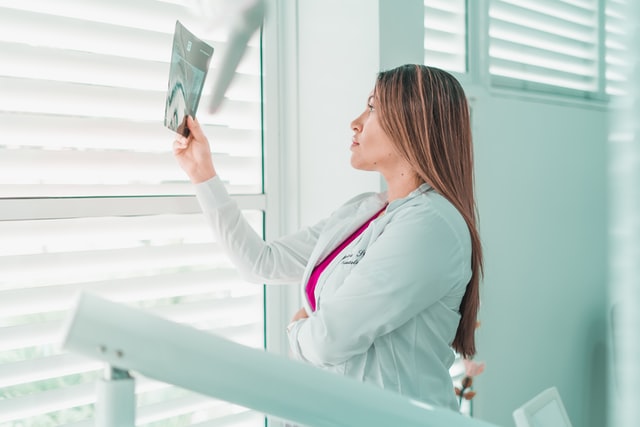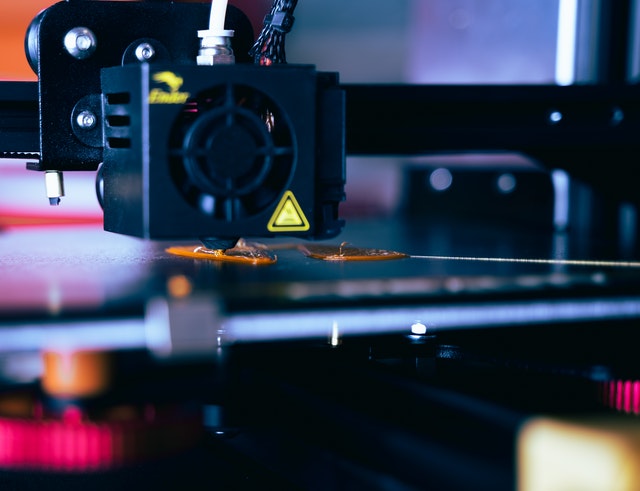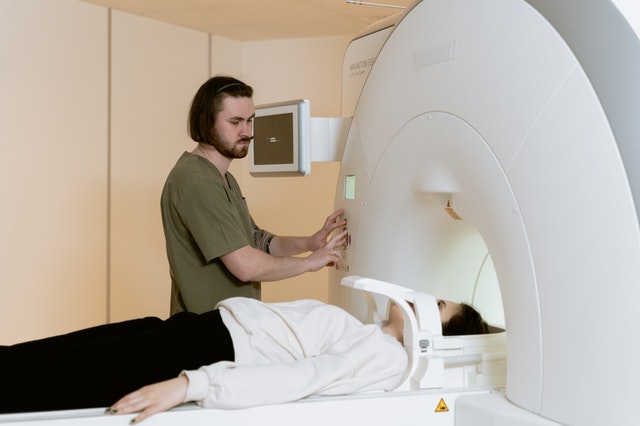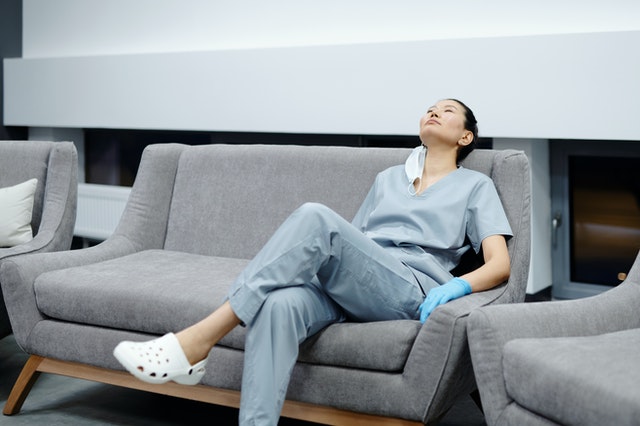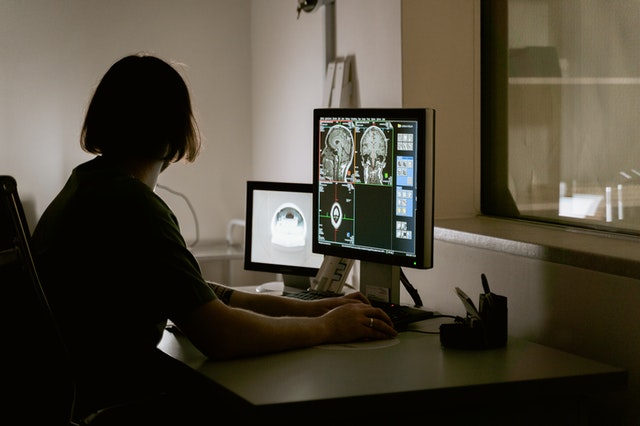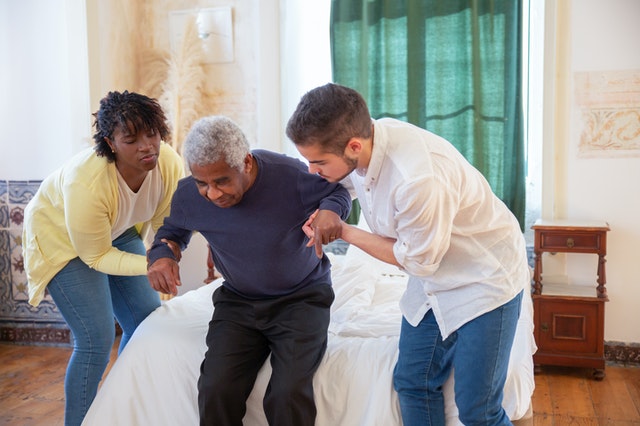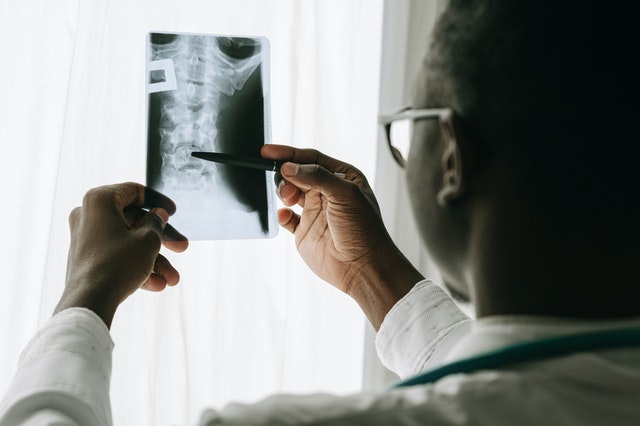The role of non-physician practitioners (NPPs) in healthcare, including radiology, is growing due to physician shortages. A study published in Current Problems in Diagnostic Radiology examines the increasing trend of NPPs taking on imaging interpretation responsibilities. The study analyzed data from over 3 million imaging claims between 2016 and 2020 and found that 3% were attributed to NPPs, with the highest rates in rural areas. In metropolitan and micropolitan areas, NPP interpretations increased significantly during this period, particularly in states with less restrictive scope-of-practice policies. NPPs include those Nurse Practitioners and Physicians Assistants.
NPP-billed interpretation claims increased from 2.6% in 2016 to 3.3% in 2020, specifically, marking a 26.9% growth during this period. Most NPP interpretations were for radiography/fluoroscopy (53.3%) or ultrasound (26.1%).
The study also examined how state-level regulations influenced NPP practice authority and found that states with more moderate scope of practice laws saw larger increases in NPP interpretation rates, both in metropolitan and micropolitan areas.
A surprising finding was the extent of NPP involvement in interpreting advanced imaging studies, particularly CT and MRI, which made up 21% of all NPP-interpreted imaging. This raised concerns, given NPPs’ limited training in imaging.
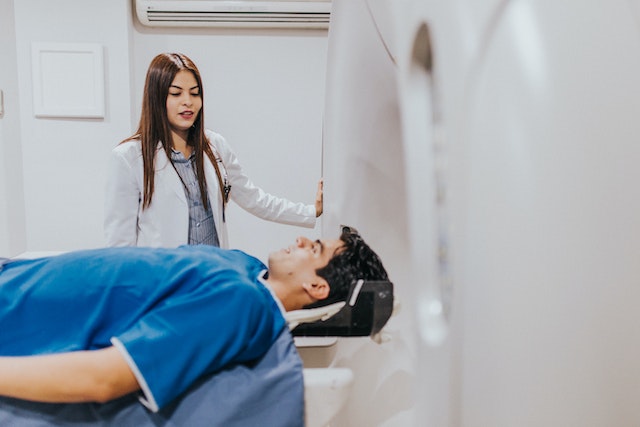
The study highlights the need for further research into NPP involvement in radiology services, driven in part by shortages of physician specialists. Researchers should also explore NPPs’ roles in supervising diagnostic imaging tests involving contrast administration, in accordance with state regulations and Medicare rules.
When You’re Short-Staffed, Partner with Vesta Teleradiology
Partnering with our teleradiology company offers a robust solution to reduce reliance on non-physician practitioners (NPPs) for imaging interpretations. We provide access to a team of board-certified radiologists available around the clock, ensuring timely and accurate interpretations of diagnostic imaging studies. By collaborating with us, healthcare providers can enhance the quality of radiological care, improve patient outcomes, and address the challenges posed by physician shortages, all while maintaining a high standard of expertise in radiology. Your patients deserve the best care, and our partnership can help you achieve that goal. Contact us to learn more.
![]()
Sources:
Healthimaging.com
sciencedirect.com
jdsupra.com
openai.com
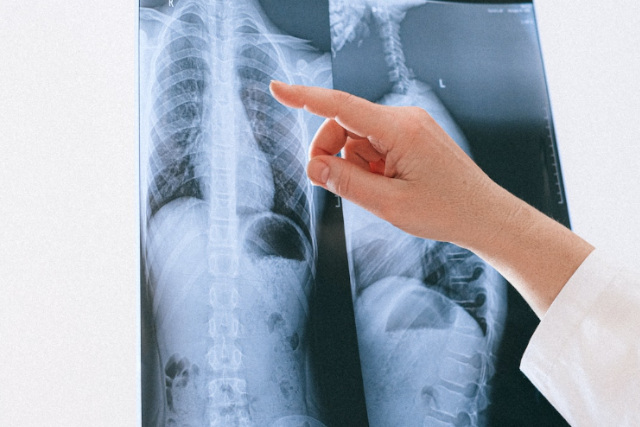
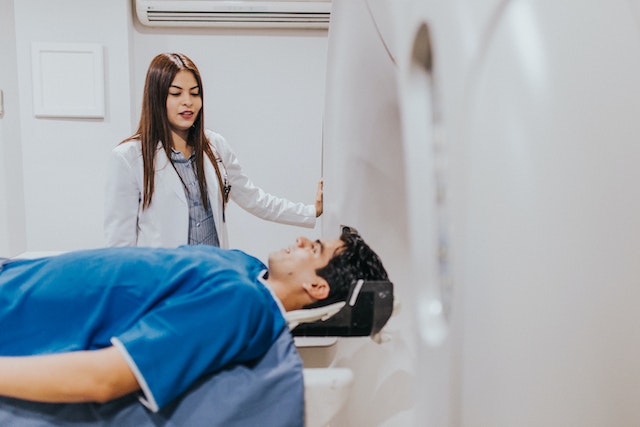
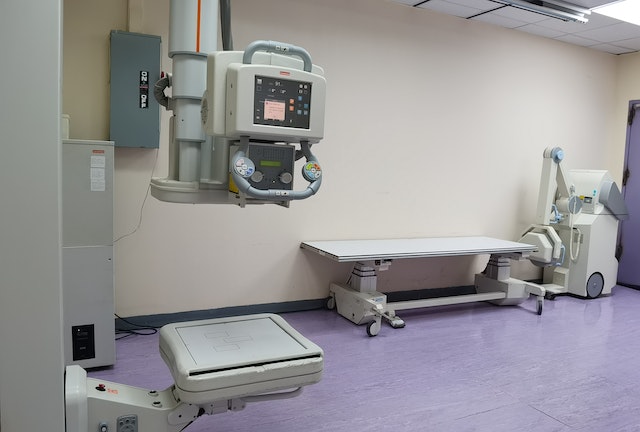
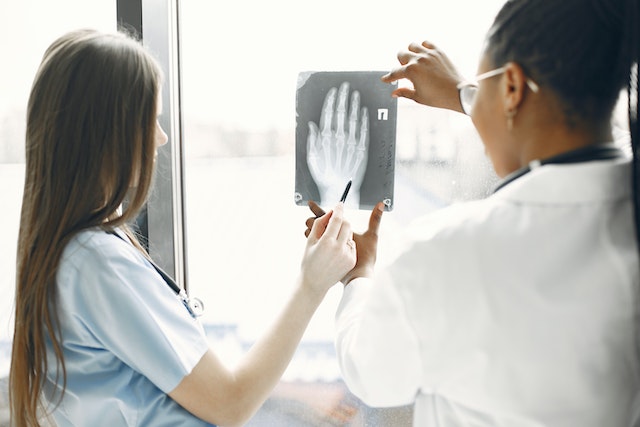 Sources:
Sources:
